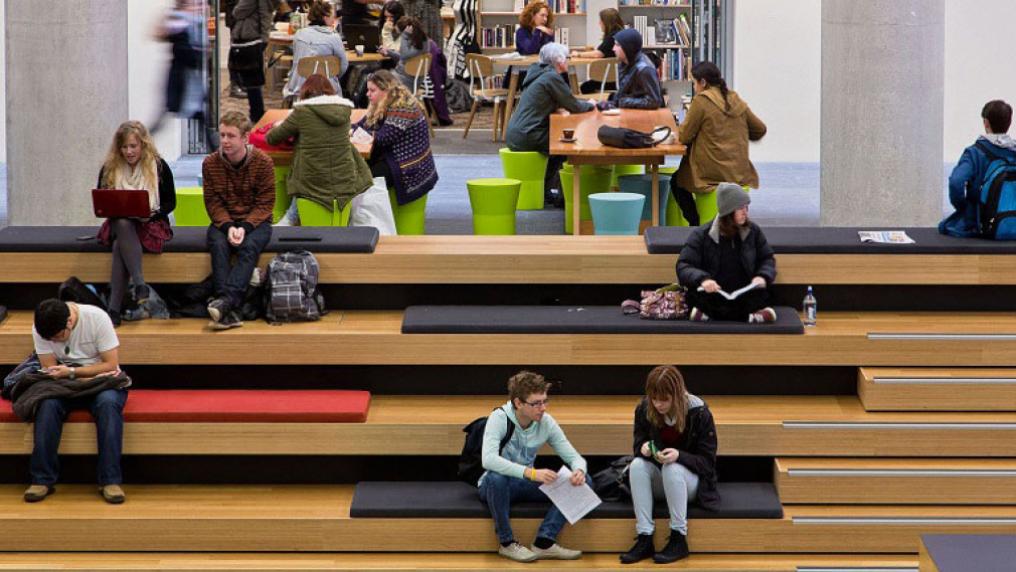A new era in education: Transforming China’s university entrance exam

Shanghai has one of the highest performing education systems in international rankings, so why is China moving away from a test-based approach to university entry? Mitchell Professorial Fellow Dr Yong Zhao explains.
The year 2015 will be remembered as the beginning of a new era in Chinese education.
It is the first year when a suite of policies aimed at transforming the university entrance exam system or 'gaokao' is to be implemented.
The reforms are not a simple redesign of the exam, but rather a transformation of the entire university admission system. Because of the life-altering power of gaokao and the magnitude of the changes, this round of reforms is likely to bring transformative changes to education at all levels in China.
Why are the changes necessary?
This round of gaokao reform is part of China’s comprehensive education reforms aimed at cultivating an innovative workforce for the nation’s future economic development and addressing a number of well-recognised concerns. In an announcement heralding the reforms, the chief administrative authority in China, the State Council, summarises the primary problems with the traditional gaokao system:
- Negative impact on the development of the whole child
- Excessive academic burden
- Unequal opportunities for higher education
- Widespread school selection at the secondary and primary levels
- Cheating in awarding bonus points and violations of admission policies and regulations.
To address the last point, the new gaokao system has drastically redesigned the bonus-points program, which was originally designed to identify special talents, to encourage specific social behaviours and compensate for social inequalities.
What is the reform?
The largest change though is the shift from a system characterised by limited measures, limited choices and limited opportunities to one that is defined by multiple measures, multiple choices and multiple opportunities.
In contrast to the traditional system that determines admissions to college solely based on one-time test scores in predetermined subjects, the new system allows the choice of subjects, except for the three required ones (maths, Chinese and English). Tests in the choice subjects can be taken more than once and do not happen at the same time.
These reforms are further evidence that high-performing systems are moving away from narrow measures of success, deemphasising the value of test scores and granting more autonomy to students and educational institutions.
The new system also does away with the traditional two tracks of subjects, humanities and social sciences versus science and engineering, so students can have a broader and more comprehensive education experience.
In addition, a student’s performance in all subjects included in the high school curriculum will be considered, and so will a student's overall development in moral character, community engagement and mental and physical fitness.
Under the new plan, students have more choice of majors and of universities. In the traditional Chinese system, students submit a list of rank-ordered universities and receive one offer at a time. Under the new system, students can apply to multiple universities and are then able to make their choice from multiple university offerings.
While the spirit of the Chinese gaokao reform seems to follow the US model, and has some similarities to the Australian system, its implementation reflects the Chinese reality. For example, reformers have built-in practices that aim to minimise corruption: the reformed system does not consider high school grades (which can be artificially inflated) nor letters of recommendation (which are purely a subjective judgment and can be easily manipulated).
Reactions
In 2014, Shanghai and Zhejiang Province began piloting parts of this new system. Students beginning their high school in these two places in 2014 will be the first group to experience these reforms. In 2017, some reforms will be implemented across the nation, and in 2020, all proposed changes will be rolled out and the new system established.
The reactions in China to the new system have been generally positive. Many hope this will truly change China’s education for the better. But there is anxiety and confusion among school leaders, teachers, parents and students because of the immenseness of the changes.
So what might this mean for Australia?
These reforms are further evidence that high-performing systems are moving away from narrow measures of success, deemphasising the value of test scores and granting more autonomy to students and educational institutions.
Latest publication:
Who’s Afraid of the Big Bad Dragon? Why China Has the Best (and Worst) Education System in the Worldby Yong Zhao is published by Jossey-Bass.
Feature image Flickr Commons



